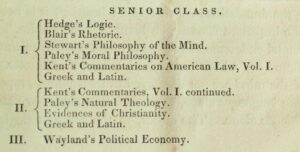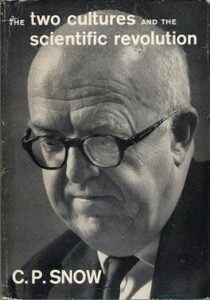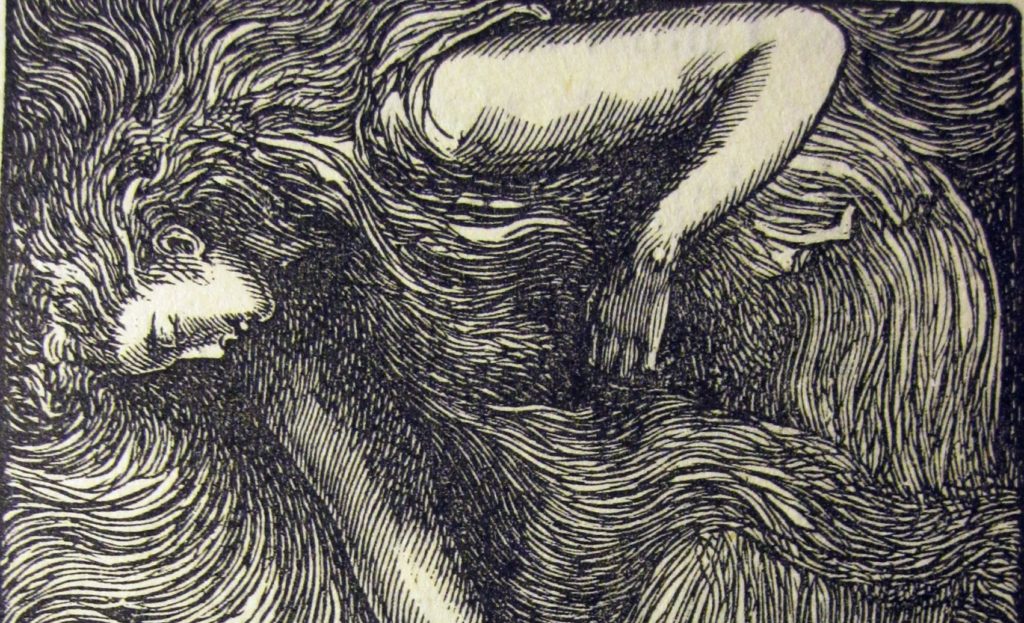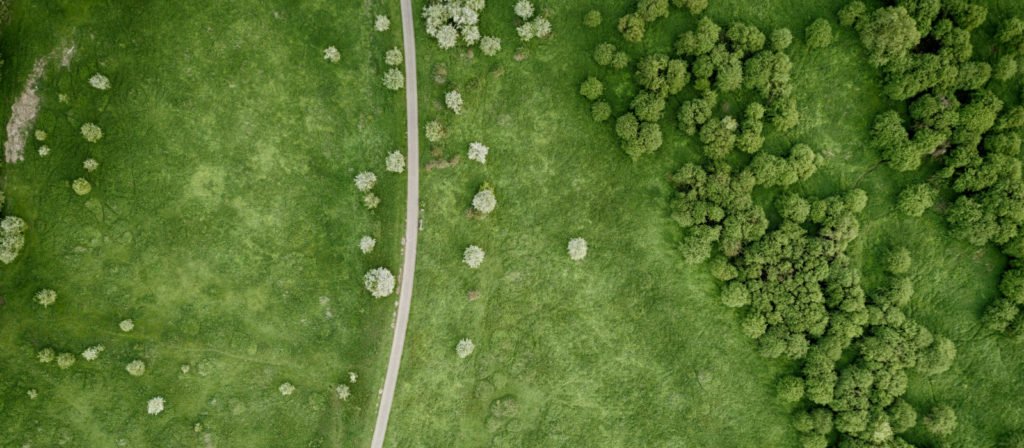
“Bridging Science, Humanities, and Faith with the History of Science” by Dr. Ted Davis
Dr. Edward B. (“Ted”) Davis is Professor Emeritus of the History of Science at Messiah University and a Fellow of the International Society for Science & Religion. An expert on historical and contemporary aspects of Christianity and science, Ted has lectured at dozens of universities and seminaries on five continents, served as president of the American Scientific Affiliation, been awarded research grants by The National Science Foundation and the John Templeton Foundation, and been an advisor for exhibits at the National Museum of American History (“Discovery and Revelation,” opened March 2022) and the Museum of the Bible (“Scripture and Science,” forthcoming in 2023).
After earning the BS in physics at Drexel University, Ted taught science and mathematics at a Christian high school in Philadelphia, where he developed a deep interest in Christianity and science. He then completed a Ph.D. in history and philosophy of science at Indiana University.
Note: Image in header is a photograph of Adams Academy by Kathryn A. Davis.
An Introduction to the new ClassicalU course The Scientific Revolution
In a small Greek Revival building in Westport, Connecticut, my great-great grandfather Ebenezer Banks Adams ran a one-room private Academy starting in 1837, just when the “common school” movement that led to modern public schools was getting off the ground. His goal was to prepare boys for Yale—although he taught a few girls, undergraduate women wouldn’t be admitted to Yale until 1969.
The curriculum there and at Yale was classical and strongly oriented toward the development of Christian character and beliefs. In the 1830s, Yale seniors studied books on moral philosophy, apologetics (“Evidences of Christianity”), and natural theology by the famous English clergyman William Paley, as shown in the image below, from the Catalogue of the Officers and Students in Yale College, 1838-39 (collection of the author, photograph by Edward B. Davis).

The same three books were proscribed at Cambridge University in England, where just a few years earlier Charles Darwin studied classics, divinity, and mathematics—not biology, since natural science was not yet formally offered as a concentrated area of study at Cambridge, nor at Yale for that matter. An undergraduate might take three or four courses covering the rudiments of physics, astronomy, botany, and chemistry, but no one “majored” in science and laboratory work was minimal if caried out at all.
Perhaps Adams did teach a little geology, for his library included an edition of the standard textbook for American colleges, Robert Bakewell’s Introduction to Geology. An English Unitarian, Bakewell was a highly successful author and public speaker. His pious attitude and Romantic prose might seem unusual for a science book today, but they were in the mainstream then and only added to his popularity. The first professor of natural history at Yale, an evangelical Christian named Benjamin Silliman, had three editions of Bakewell’s book reprinted in New Haven, along with a very lengthy appendix containing Silliman’s lectures on Genesis and geology. Like countless Christian scientists before him, including Johannes Kepler, Galileo Galilei, Robert Boyle, and Isaac Newton, Silliman regarded both nature and Scripture as divinely authored sources of truth that should be read harmoniously, not forced into conflict by carelessly interpreting either one.
Much has changed since Silliman’s day. Nearly all American colleges before the Civil War had been founded by Christian denominations. They used classical education to help form strong Christian character and to prepare (mostly) young men to contribute to the common good. Little attention was given to natural science, engineering, or agriculture, to such an extent that during the war Congress passed legislation to create a new type of college in which subjects such as those would feature prominently. The public institutions resulting from this are known as “land grant” schools. This initiative was not intended to do away with classical and moral education, rather to correct newly perceived deficiencies of the established tradition. At around the same time, another major innovation took place when some American colleges imported another new model, specifically for graduate education. They granted a new terminal degree invented in Europe, the Ph.D. (doctor of philosophy), for original research conducted at a high level, such that recipients of that degree had proved themselves genuine experts in some important specific topic in a given academic field—the word “philosophy” wrongly implies that only scholars in that field could earn it. Specialization became the coin of the academic realm.
These reforms encouraged the formation of large, comprehensive universities with research-based graduate programs, elevated the status of the sciences, placed greater emphasis on cutting-edge laboratories and less on old books, and tended to diminish the importance of classical and moral education. This contributed to the profound secularization of most modern American universities, both public and private, though other factors I won’t enumerate here were also involved. Scientific research continued to increase, especially in the latter half of the twentieth century. Higher education simply exploded after World War Two, aided by the G.I. Bill giving military personnel significant financial support for college tuition. Having funded the most expensive scientific research to that point in history—the Manhattan Project to build the first atomic bombs—the federal government became the principal patron of American science, launching the National Science Foundation in 1950 and the National Institutes of Health in 1965.

Increasing specialization resulted in an ever-growing gap between the knowledge of scientific experts and that of everyone else, including highly trained people in humanities and other disciplines. Alarmed by this trend, British chemist and novelist C. P. Snow spoke in 1959 of “Two Cultures,” the humanistic and the scientific, whose members were no longer able to speak meaningfully to one another, as if they lacked a common language, and current educational practices seem incapable of repairing the damage. Whether or not he was entirely on the mark, Snow identified a real problem about the modern Western world: experts in STEM disciplines know things that others cannot understand more than superficially. The inverse is also true, but in my experience not nearly to the same extent. In thirty-seven years as a college professor, I’ve met dozens of people with undergraduate degrees in science or mathematics who went on to become humanities professors, or acknowledged experts, in fields as diverse as theology, biblical studies, history, philosophy, or politics—not to mention many more who became successful pastors or lawyers. I’m hard pressed to name anyone who moved in the opposite direction, unless as undergraduates they earned degrees in both humanities and a scientific discipline.
No magic elixir will suddenly dissolve the barriers separating the two cultures, but learning some history of science certainly helps. Science has always been done by human beings. Studying the human side of science helps us understand that science is not done by disembodied minds, that scientific ideas are not absolute truths, and that beliefs and values are not entirely divorced from the process of science. This line of inquiry can be especially effective for demythologizing influential false narratives about science and religion that were created not to state objective truths, but to advance ideological agendas of one kind or another.
Two particular narratives have been especially influential in the modern world: the global claim that Christian theology has always held back the progress of science, and the more localized claim that modern science arose during the Scientific Revolution of the sixteenth and seventeenth centuries while Christian beliefs were left behind. I debunk both of these myths in the courses I created for ClassicalU. Happy learning!
Note: Contributors to Altum share their own thoughts and do not represent ClassicalU.com or Classical Academic Press. If you are interested in writing for Altum, please complete the form at the bottom of our landing page.








Responses